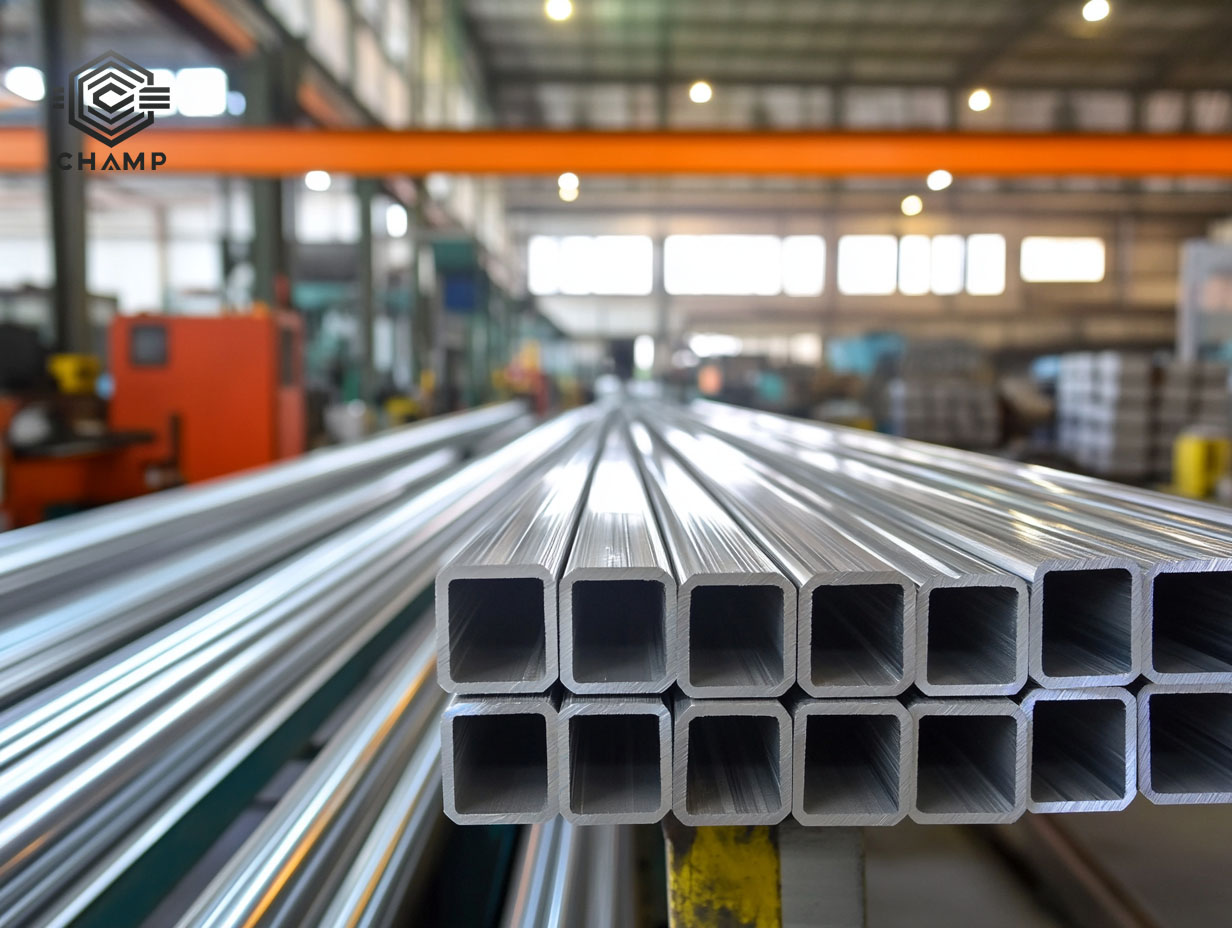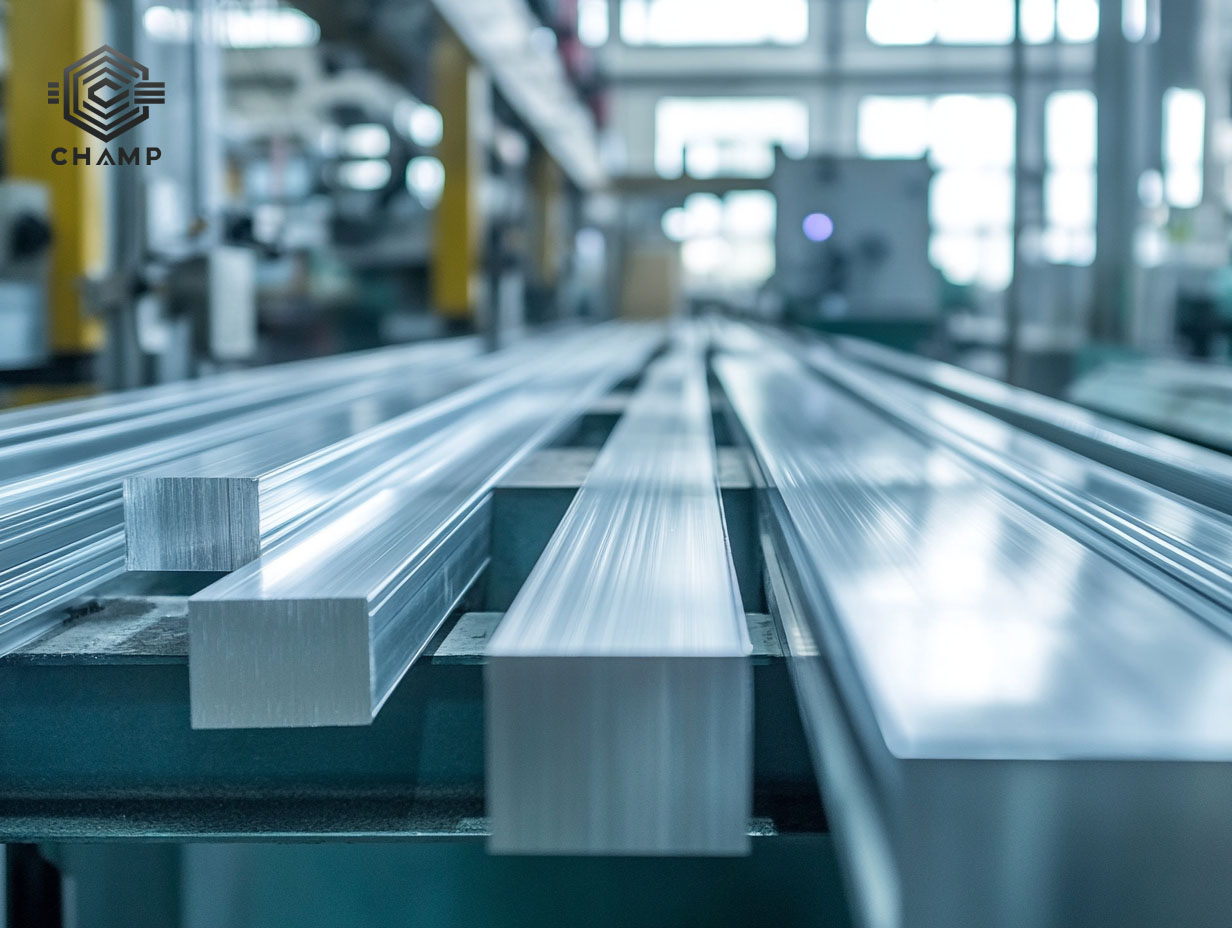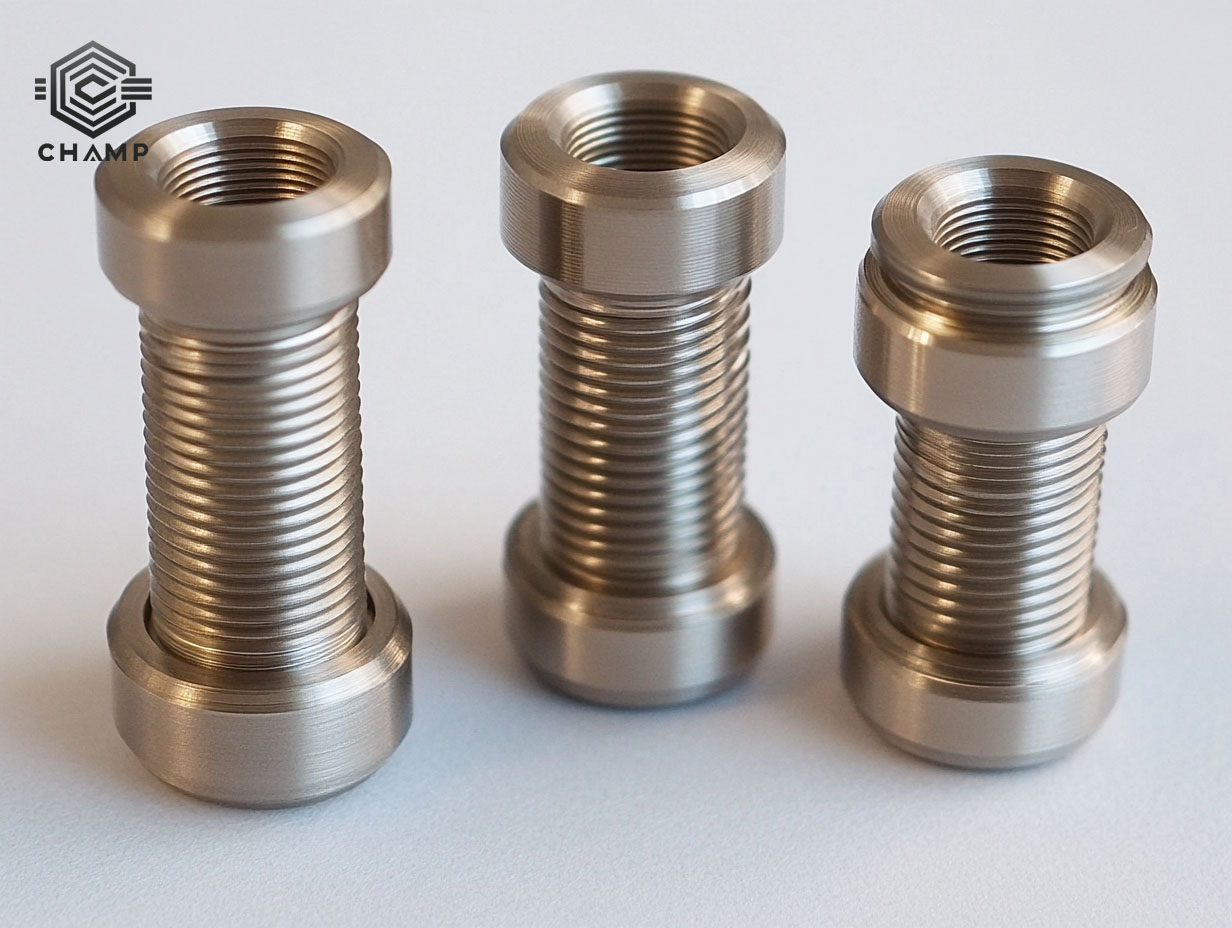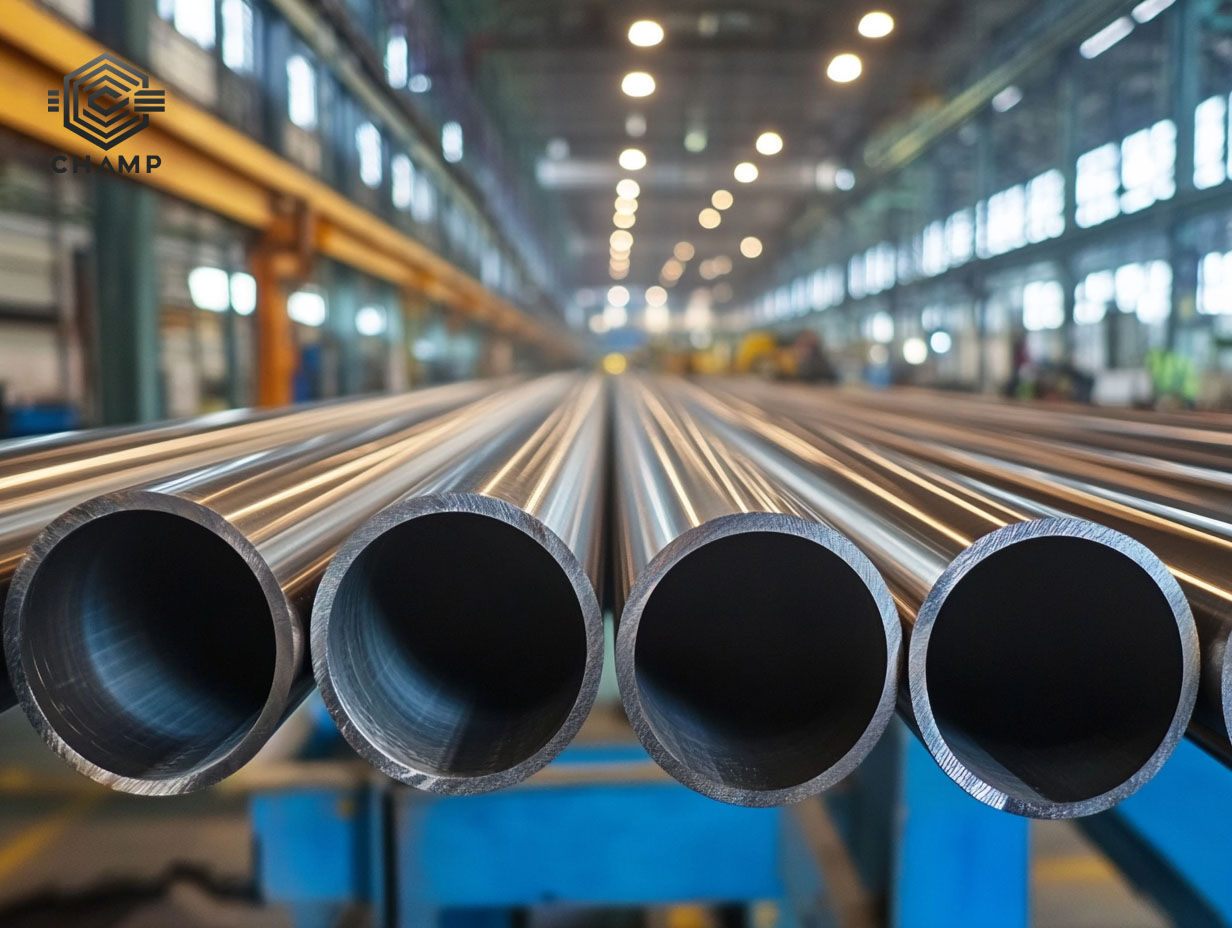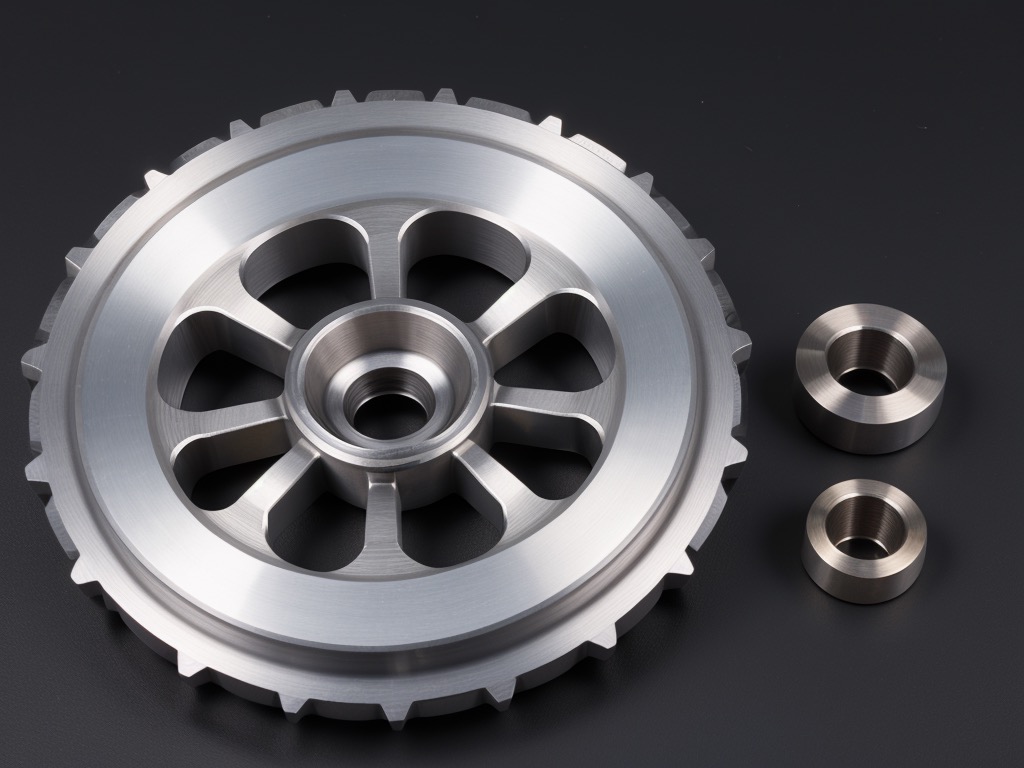α+β titanium alloy
QR code
Detail
α+β titanium alloy
α+β titanium alloy is a type of titanium alloy between α and β, containing both elements that stabilize the α phase (such as aluminum and tin) and elements that stabilize the β phase (such as molybdenum, vanadium, chromium, iron, manganese, etc.). This type of alloy can adjust its microstructure through heat treatment, so that it has both the good corrosion resistance and thermal stability of α alloy and the high strength and good processing performance of β alloy.
The strength after heat treatment is about 50%~100% higher than that of annealing state; it has high high temperature strength and can work for a long time at 400~500℃, and its thermal stability is second only to α titanium alloy.
The characteristics of α+β titanium alloy make it widely used in aerospace, shipbuilding, chemical industry, medical treatment, sports equipment and other fields. The main features include:
• Higher specific strength (strength/density ratio)
• Excellent fatigue resistance
• Good plasticity and processability
• Adjusting properties through heat treatment
• Excellent corrosion resistance, especially in seawater and acidic environments
• Good weldability
• Relatively low fracture toughness (compared to pure beta alloys)
• Can still maintain good strength in high temperature environment (but lower than α alloy)
Typical ingredients
The alloying elements of α+β titanium alloy mainly include:
• α-phase stabilizing elements : Al (aluminum), Sn (tin)
• β-phase stabilizing elements : Mo (molybdenum), V (vanadium), Cr (chromium), Fe (iron), Mn (manganese), Zr (zirconium), etc.
On the surface, Al mainly improves the oxidation resistance and thermal stability of the alloy, while Mo and V are used to improve the strength and hardenability of the alloy. The chemical composition of a typical alloy is as follows:
Alloy grade | Ti | Al (%) | V (%) | Mo (%) | Sn (%) | Fe (%) | Cr (%) |
Ti-6Al-4V | margin | 6.0 | 4.0 | - | - | - | - |
Ti-6Al-6V-2Sn | margin | 6.0 | 6.0 | - | 2.0 | - | - |
Ti-6Al-2Sn-4Zr-6Mo | margin | 6.0 | - | 6.0 | 2.0 | - | 4.0 |
Ti-5Al-2.5Sn-2Zr-4Mo | margin | 5.0 | - | 4.0 | 2.5 | - | 2.0 |
Heat treatment and microstructure
The properties of α+β titanium alloy can be adjusted by different heat treatment methods, mainly:
1. Solution treatment + aging treatment
• Improve the strength of the alloy
• Promote the dispersion and precipitation of β phase and improve toughness
2. Annealing
• Release processing stress and improve plasticity
• Improved oxidation and creep resistance
3. Double annealing
• Adjust the microstructure through different temperature stages to improve fatigue performance
Microstructure : Generally presents an α+β dual-phase structure, in which the α phase is usually an equiaxed structure, and the β phase is distributed around the α phase or in a network structure. The ratio and morphology of the α/β phase can be adjusted by heat treatment to optimize the mechanical properties.
Mechanical properties
The mechanical properties of α+β titanium alloys vary with different heat treatment methods. The following are typical mechanical properties of Ti-6Al-4V:
Mechanical properties | Numeric |
Density (g/cm³) | 4.4 5 |
Tensile strength (MPa) | 900-1100 |
Yield strength (MPa) | 830-980 |
Elongation (%) | 10-14 |
Elastic modulus (GPa) | 110-120 |
Hardness (HRC) | 30-38 |
Application Areas
α+β titanium alloy is widely used in:
• Aerospace : aircraft fuselage structures, engine components (such as turbine blades, fan disks)
• Shipbuilding industry : submarine pressure hull, propeller shaft
• Automotive industry : Connecting rods and suspension systems for racing and high-performance cars
• Medical devices : artificial joints, orthopedic implants
• Sporting goods : golf clubs, bicycle racks
• Chemical equipment : corrosion-resistant heat exchangers, pumps and valves
Typical alloy introduction
1. Ti-6Al-4V (TC4)
• The most common α+β titanium alloy
• Good strength, plasticity, corrosion resistance and weldability
• Widely used in aerospace, medical equipment, chemical industry, etc.
2. Ti-6Al-6V-2Sn
• Higher strength for high load environments
• However, the plasticity is slightly poor and it is not suitable for overly complex processing
3. Ti-6Al-2Sn-4Zr-6Mo
• Better high temperature strength and creep resistance
• Suitable for aircraft engines and high temperature environment parts
Processing performance
The processing performance of α+β titanium alloy is relatively good, but it should still be noted:
• Cutting : Due to the poor thermal conductivity of titanium alloy, built-up edge and tool wear are easily generated during machining. It is recommended to use coated carbide tools and adopt cutting parameters with low speed and high feed rate.
• Welding performance : Good, TIG welding, electron beam welding, laser welding and other processes can be used, but it must be operated under inert gas protection to prevent oxidation.
• Hot forming : Suitable for hot forging and hot rolling, but the temperature is strictly controlled, generally carried out at 750-950℃.
Comparison with other titanium alloys
Classification | Ingredients | Microstructure characteristics | Performance characteristics | |
α Titanium Alloy | All α Titanium Alloy | Contains less than 6% aluminum and a small amount of neutral elements | After annealing, except for a small amount of β phase caused by impurity elements, almost all of them are α phase. | Low density, good thermal strength, good welding performance, low interstitial element content, good ultra-low temperature toughness |
Near-alpha titanium alloy | In addition to aluminum and a small amount of neutral elements, there are also small amounts (<4%) of beta-stabilizing elements | After annealing, in addition to a large amount of α phase, there is also a small amount (about 10% by volume) of β phase. | It can be heat treated and strengthened, has good thermal strength and thermal stability, and good welding performance. | |
α+ Compound Titanium Alloy | Add a small amount of active eutectoid elements to the all-a titanium alloy | After annealing, in addition to a large amount of α phase, there is also a small amount (about 10% by volume) of B phase and intermetallic compounds.Contains a certain amount of aluminum and different amounts of β elements and neutral elements | It has precipitation strengthening effect, improves room temperature and high temperature tensile strength and creep strength, and has good welding performance | |
α+β titanium alloy | Contains a certain amount of aluminum and different amounts of β elements and neutral elements | After annealing, there are different proportions of a phase and β phase | It can be heat treated and strengthened. The strength and hardenability increase with the increase of β-stabilizing elements. It has good weldability, but generally poor cold forming and cold working capabilities. TC4ELI alloy has good ultra-low temperature toughness and good damage tolerance after processing. | |
β Titanium Alloy | Heat stable beta titanium alloy | Contains large amounts of beta heat-stable elements and sometimes small amounts of other elements | After annealing, all are β phase | Low room temperature strength, strong cold forming and cold processing capabilities, good corrosion resistance in reducing media, good thermal stability and weldability |
Metastable β Titanium Alloy | Contains β-stable elements above the critical concentration, a small amount of aluminum (no more than 3%) and neutral elements | After solution treatment (water quenching or air cooling) from the β phase region, almost all of them are metastable β phase. During aging, α phase precipitates in the β phase, and after aging, β phase and α phase are formed. | After solution treatment, the room temperature strength is low, the cold forming and cold processing ability is strong, and the weldability is good; after aging, the room temperature strength is high, and it has high fracture toughness at high yield strength. The thermal stability is poor above 350℃, and it has good hardenability. | |
Near- β Titanium Alloy | Contains β-stabilizing elements around the critical concentration, and a certain amount of central elements and aluminum | After solution treatment from the β phase region, there is a large amount of metastable β phase and a small amount of other metastable phases. After aging, there are β phase and α phase | In addition to the characteristics of metastable β titanium alloy, the yield strength is low and the elongation is high after solution treatment in the β phase region. After solution treatment in the ( α +β) phase region, WQ or AC, and aging, the fracture toughness and plasticity are good in the high strength state; after solution treatment in the ( α +β) phase region, FC, high fracture toughness and plasticity can be obtained in the medium strength state. | |

